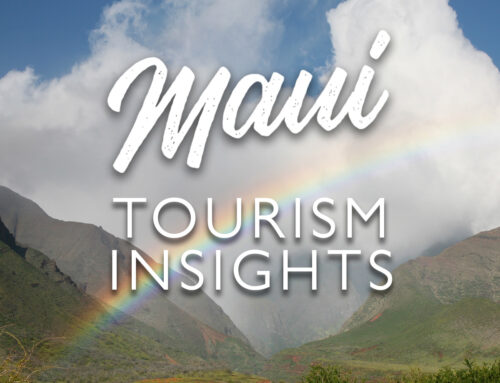Thinking of scuba diving in Maui? Congratulations, you’re in for a treat.
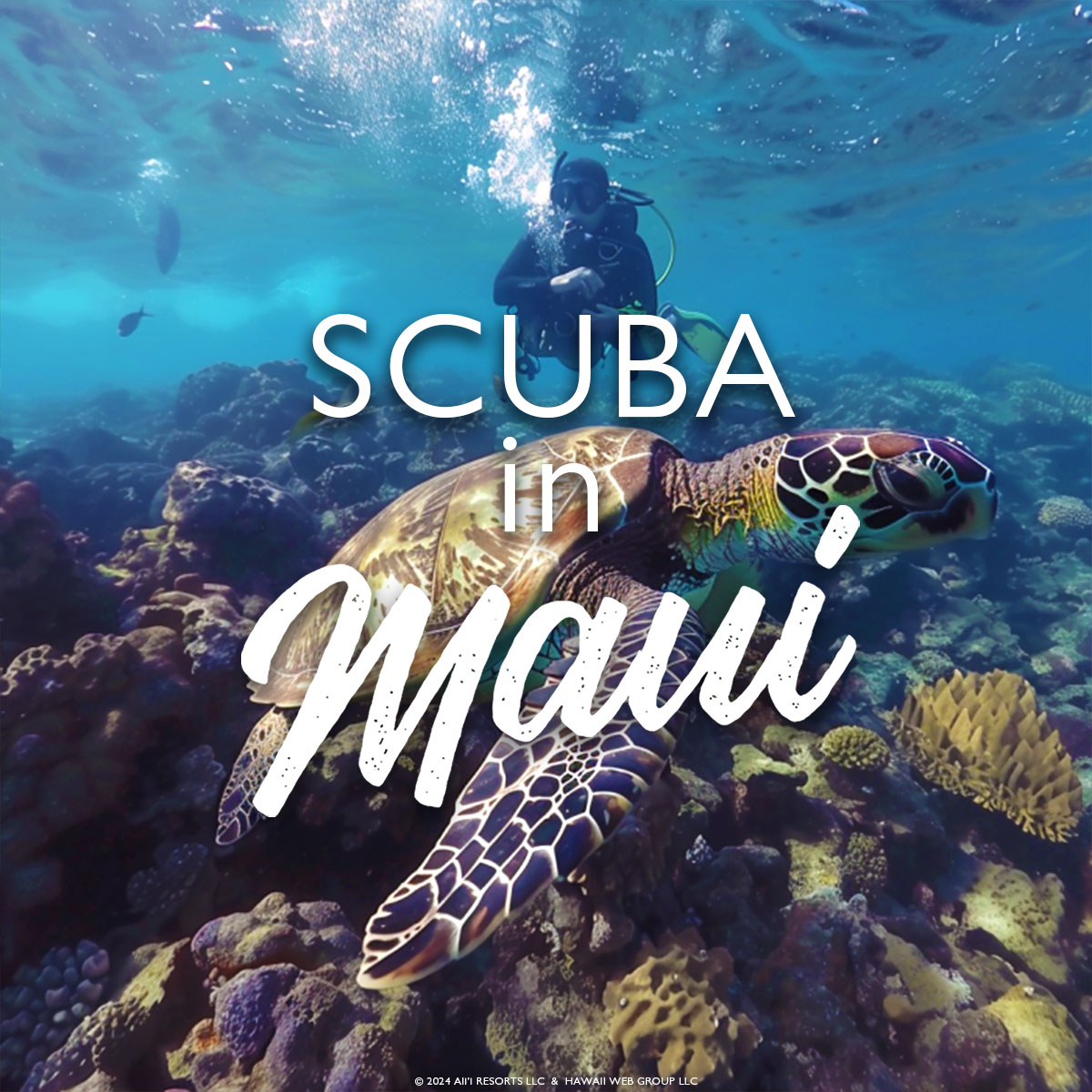
Hawaii is one of the most isolated archipelagos in the world. 75 percent of marine life in the islands is endemic – and there is a ton to see.

But out of all the Hawaiian Islands, Maui is favored by visitors for snorkeling and diving. Morning conditions are usually always calm, and divers are often treated to unmatched visibility. Plus, Maui’s waters are teeming with coral reefs and colorful fish – as well as bigger creatures like sea turtles, dolphins, manta rays, and reef sharks.
Ready to dive in? Here’s all you need to know about scuba diving in Maui.

When to Dive on Maui
You can dive on Maui year-round, thanks to tropical water temperatures. However, some seasons are better than others.
Storms are more likely to occur in the winter season (December-March). Heavy rain, strong winds, high surf, or brown water advisories might cause dive sessions to get canceled. Summer conditions are usually calmer and better suited for diving.
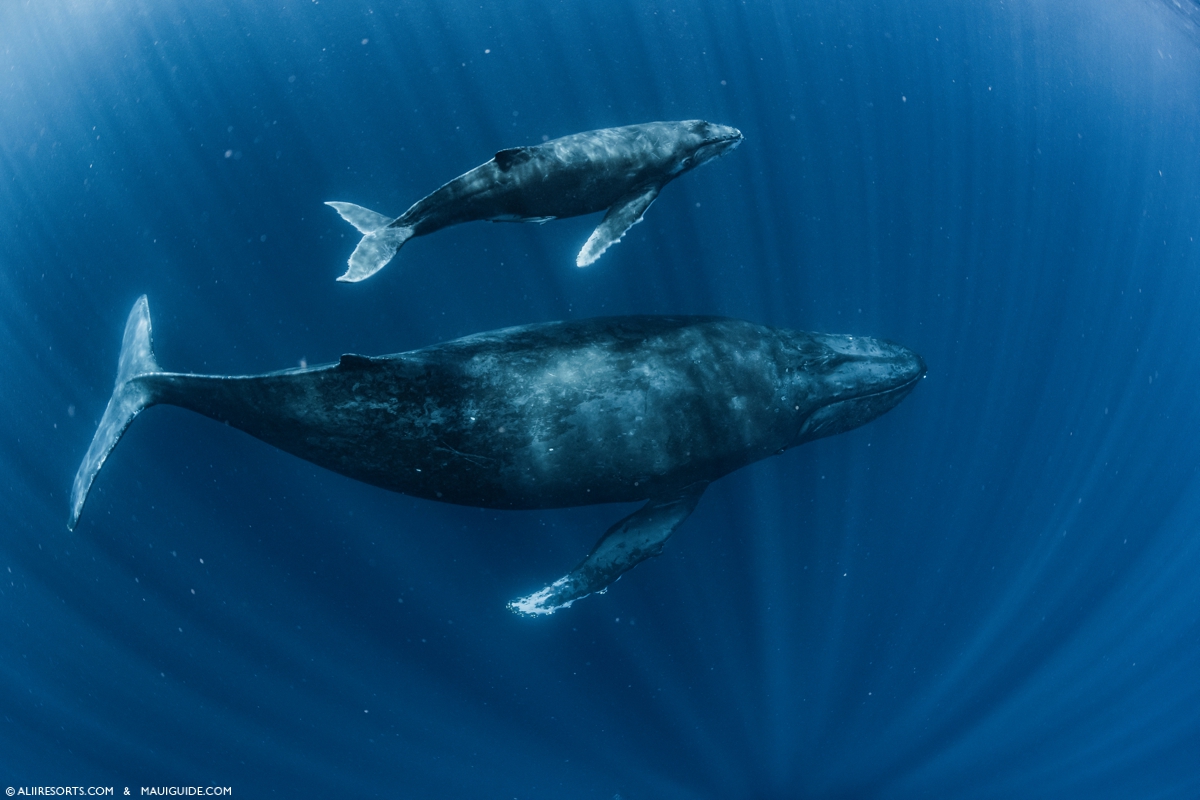
However, winter is also whale season – and whale season on Maui is a huge treat for ocean lovers. It’s unlikely that you’ll encounter whales in shallow water during your dive, but you can see whales from the dive boat or from shore. You can also hear whales singing underwater during your dive, which is an incredible experience.
Regardless of the season, mornings usually yield the best conditions for diving on Maui. The winds and seas are usually the calmest in the morning. Some dive companies offer sunset and night dives as well.

What To Know Before Scuba Diving on Maui
Water Temperature
The water temperature around Maui varies only slightly from season to season. It usually hovers between the high 70s to low 80s. Wetsuits are recommended for longer dives.
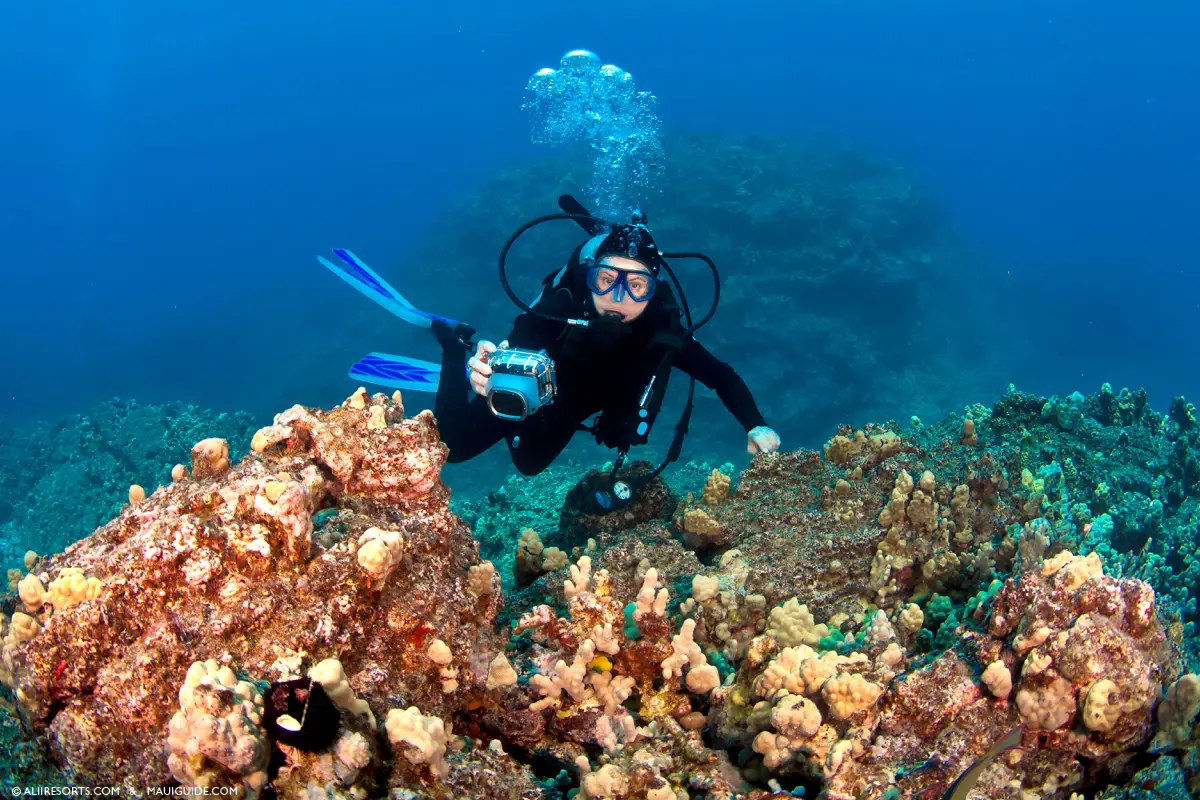
Elevation
Experienced divers will know this, but we’ll reiterate it here for beginners. Do not go above 1,000 feet elevation for at least 24 hours after diving. This could cause decompression sickness. Do not fly within 24 hours of your dive. If you want to explore the island after your dive, stick to the coastal areas. All of Maui’s upcountry region is over 1,000 feet in elevation.

Where To Go – And Where Not To Go
South Maui and West Maui have the best reefs and diving conditions. Avoid the north and east facing shores (see photo below). These areas are exposed to the prevailing wind and waves, and conditions are usually rough and not ideal for diving.
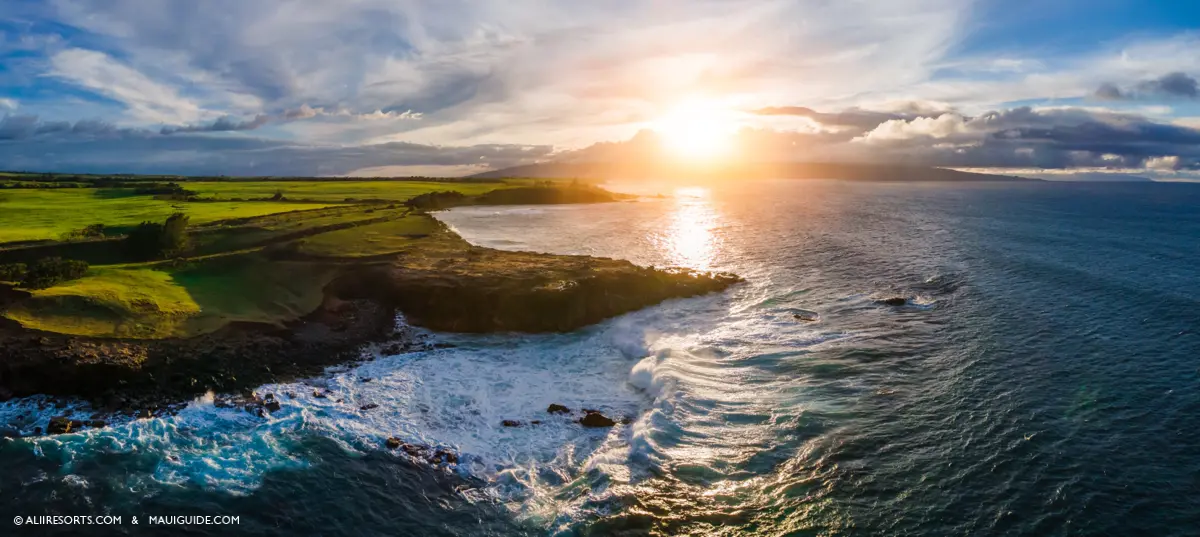

For Beginners: Scuba Diving Lessons and Certifications
Never been scuba diving before? No problem. You can take your first scuba diving lesson and get scuba certified while on Maui. On most introductory dives, you’ll be in a pool or at a calm beach. A PADI certified instructor will get you comfortable breathing through the regulator and ascending and descending.
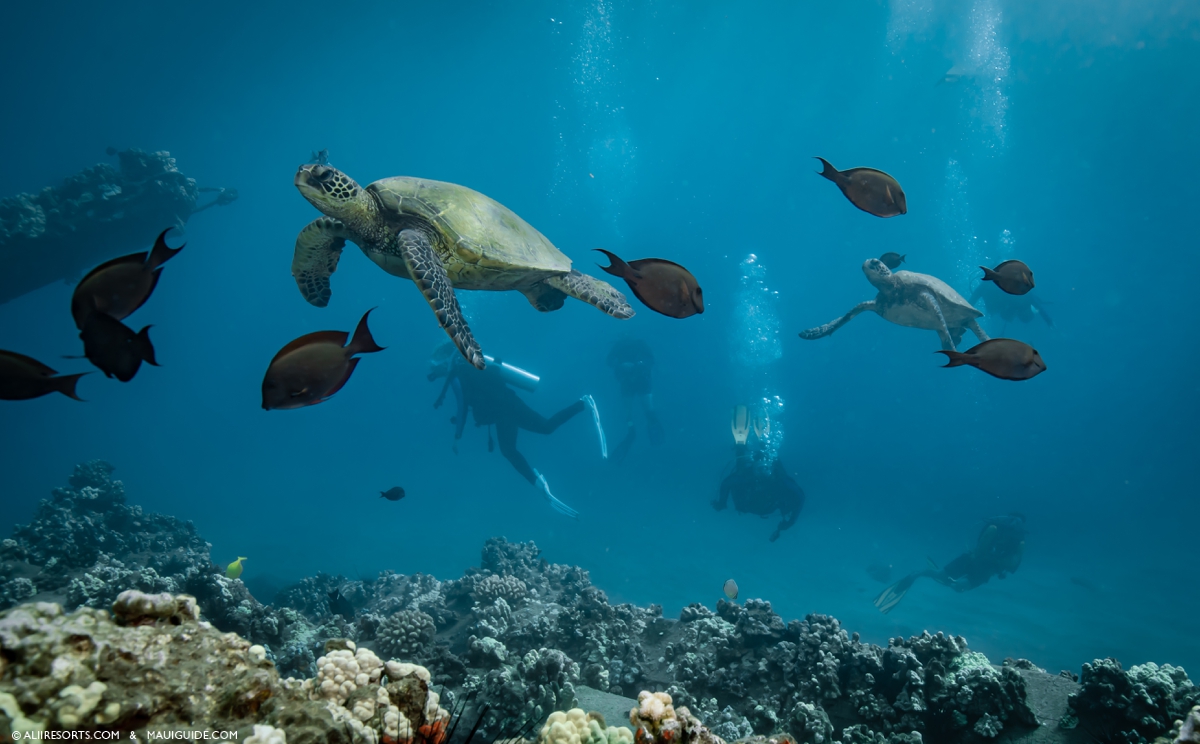
Some of the best dive companies for beginners include Scuba Luv Maui, Maui Dive Co., Scuba Shack, and Maui Dreams Dive Co. – all located in South Maui.
Most of these businesses also offer a range of certifications and courses as well, like open water certification, night dives, rescue certifications, and more.

Best Boat Dives
Most dive boats depart from Maalaea Harbor or Kihei Boat Ramp – both centrally located harbors.
Molokini Crater – Molokini is a can’t-miss dive site on Maui. Molokini is a half-submerged volcanic crater located a few miles offshore of South Maui. Visibility here often reaches 100+ feet. Molokini is one of Hawaii’s most popular snorkeling spots, but it’s arguably even better for diving. Most Molokini sites are at a depth of around 25 feet or more. Divers can get up close to the reef while snorkelers have to admire from above.
Molokini Back Wall – If you’re looking for something a little more adventurous, consider a dive along Molokini’s back wall – which plunges down to a depth of 300 feet. Most backwall dives are done as drift dives and go down to about 70 feet. Here you might see larger pelagic creatures like white tip reef sharks and manta rays. If you’re really lucky, a whale shark might show up.

Helldiver – Helldiver is a crashed WWII plane located in Maalaea Bay at a depth of about 50 feet. The wreck has bulbs of coral growing all over it, creating a unique artificial reef. Manta rays are known to show up here time and again.
St. Anthony – St. Anthony was an old fishing trawler that was sunk at an artificial reef about a mile offshore Mokapu Beach in Wailea. It’s a popular spot for turtles and schools of goatfish, and there are two frogfish that are said to have taken up residency on the deck. The St. Anthony sits in about 60 feet of water.
Turtle Town – Turtle Town is a large section of reef that comprises most of Makena. It is accessible from shore, although it’s a long swim. Dive boats often stop here to explore the lava ridges – and there’s almost a guarantee of turtle sightings.

Best Shore Dives
Keawakapu Beach – Located on the southern end of Kihei, Keawakapu Beach features an easy sand entry. Dive along the lava rock point to the north.
Ulua Beach – Ulua Beach is a popular dive site for beginners thanks to its sandy entry and calm waters. The reef starts in just a few feet of water and continues out along the lava rock point.

Makena Landing – Makena Landing is one of the most popular sites for all ability levels. Divers can enter by the boat ramp area. Swim out along the northern point to reach Five Graves (or Five Caves) – a popular dive and snorkel site – or head south to explore Turtle Town and Turtle Arches.
Wailea Point – Wailea Point is another easy-entry shore dive with incredible underwater scenery. Enter from the sand at Wailea Beach and explore the coral-covered southern point.

Scuba Gear Rentals
Scuba gear rental is available from several dive shops around South Maui. Check out Maui Dreams Dive Co. or Maui Diving. Don’t forget your PADI certification card!
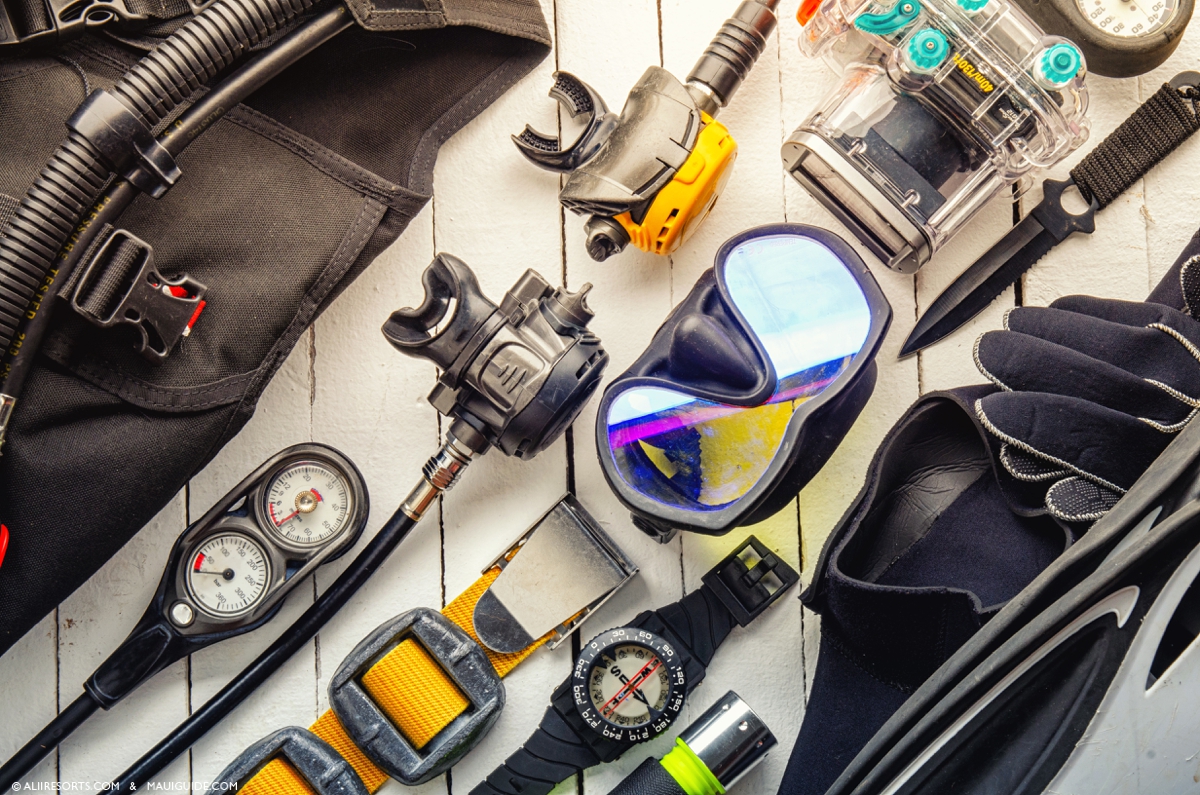

Best Places to Stay on Maui for Scuba Diving
Maalaea Surf Resort – If you plan on doing a lot of boat dives, consider staying closer to Maalaea Harbor. Maalaea Surf Resort is the perfect option, just an eight minute drive from the harbor. This beachfront condo complex features spacious units (with kitchens and lanais), ocean views, BBQ grills, and a swimming pool.
Kihei Surfside – Kihei Surfside is located smack dab between two diving hubs. The property is just a short walk from Kihei Boat Ramp, where many dive boats depart from. Kihei Surfside is also next door to a dive shop that hosts shore dives just steps away at Keawakapu Beach. Plus, the Kihei Surfside property boasts excellent ocean views, a spacious oceanfront lawn, roomy condos, and plenty of outdoor amenities like a heated pool and putting green.
Wailea Elua – Wailea Elua is set overlooking Ulua Beach – one of the best scuba sites on Maui, especially for beginners. These luxury condos make a great home base when you’re not out exploring Maui’s underwater world. When you’re ready to explore other dive sites, Wailea Elua is just a short drive from Kihei Boat Ramp and the best sites in Makena.

Getting excited for your next dive trip to Maui?
We’re excited for you! We can’t wait to see you here exploring Maui’s underwater world. Cheers!


